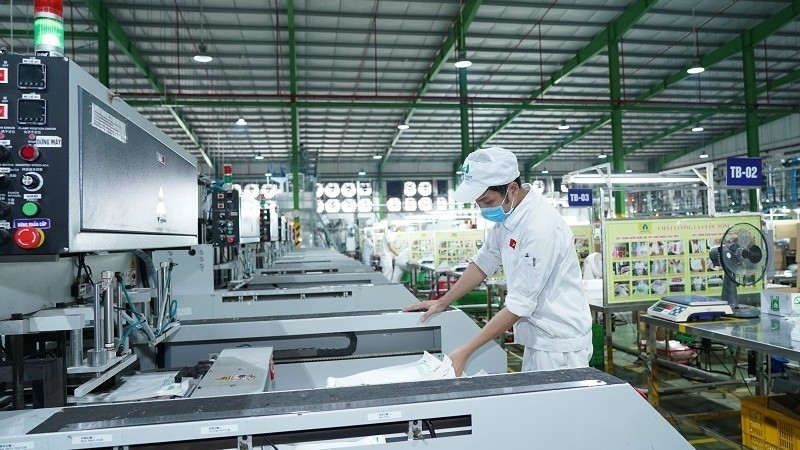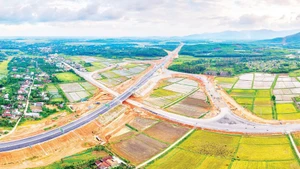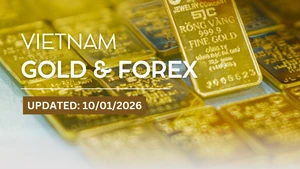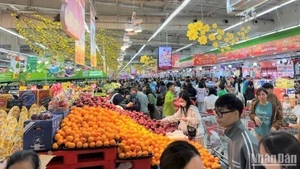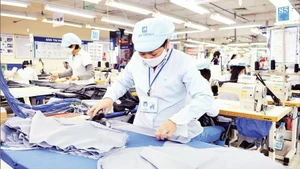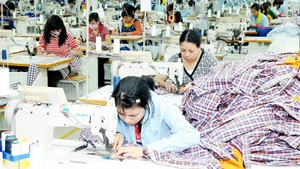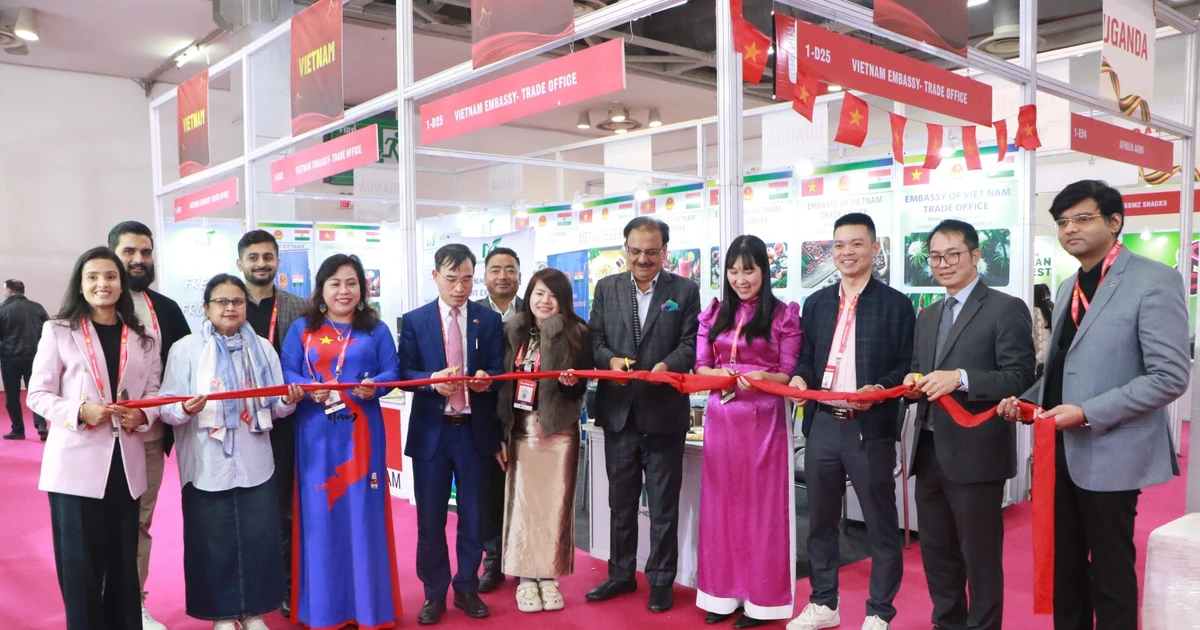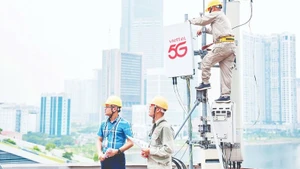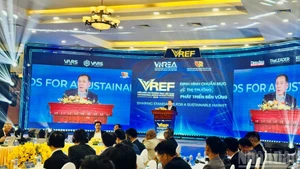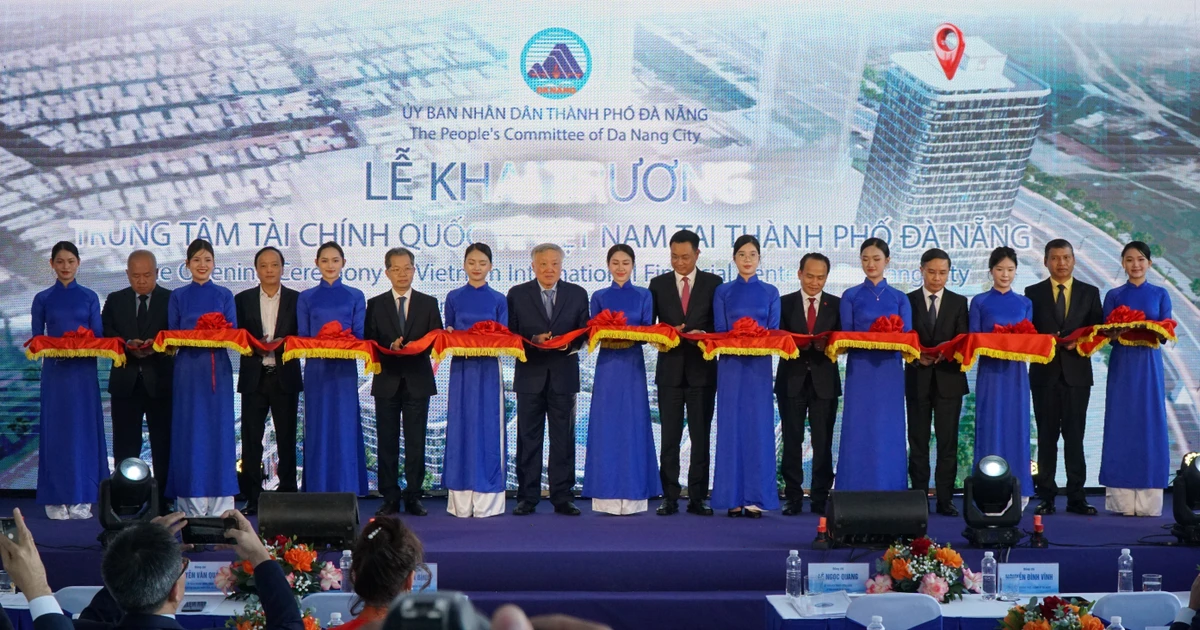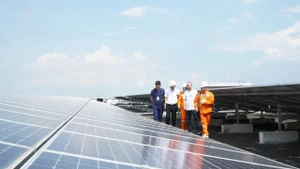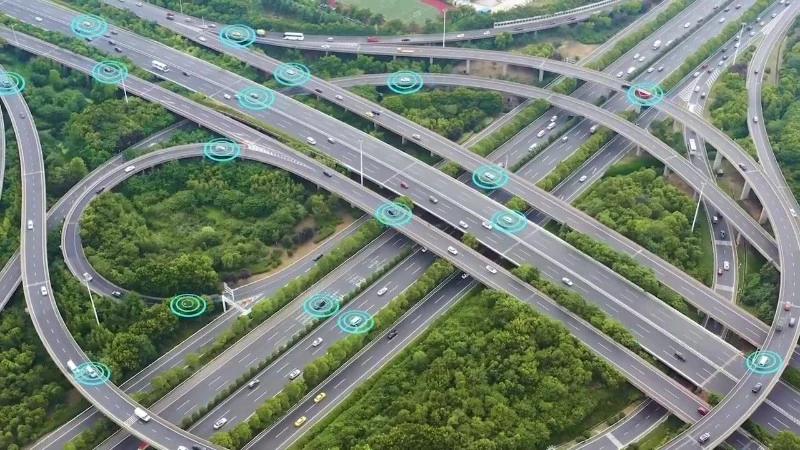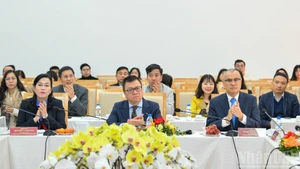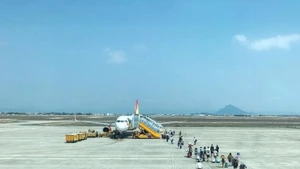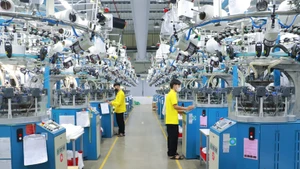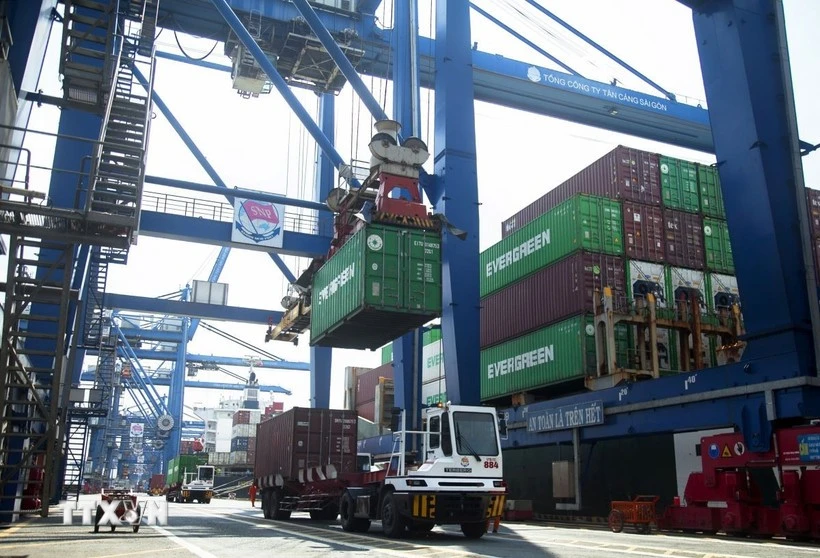In addition, Resolution 68-NQ/TW has been issued to promote the development of the private sector, with a focus on legal reforms, reducing business barriers, improving access to land and capital, protecting property rights, and fostering fair competition. This provides a crucial foundation for Viet Nam to attract higher-quality capital at a time when global investors are increasingly attentive to a stable and transparent legal environment.
According to the General Statistics Office (Ministry of Finance), in the first seven months of 2025, total registered foreign direct investment (FDI), including new registrations, adjustments, and mergers and acquisitions (M&A), reached 24.09 billion USD, a 27.3% increase compared to the same period in 2024.
Director of Savills Ha Noi Matthew Powell noted that despite global uncertainties and trade tensions, Viet Nam remains committed to structural reforms and investment attraction. While challenges persist, steady FDI inflows combined with ongoing infrastructure development point to a cautiously optimistic outlook for long-term growth.
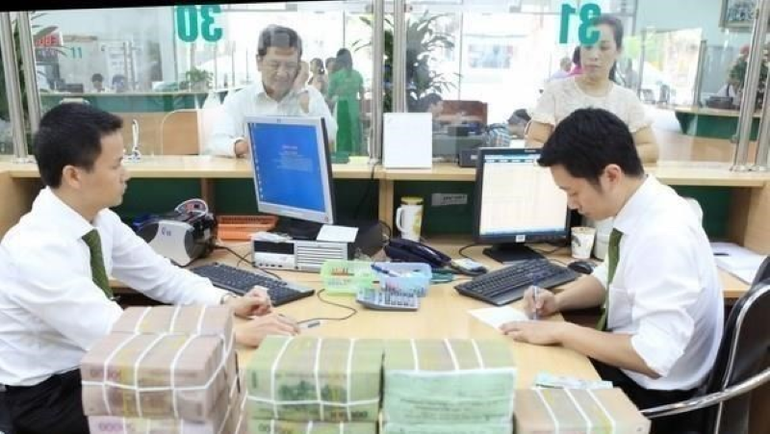
The first half of 2025 saw vibrant real estate M&A activity, with several high-profile deals led by foreign investors. Among them was Capitaland’s acquisition of a project in Binh Duong from Becamex IDC valued at 553 million USD. Similarly, the joint venture of Sumitomo Forestry, Kumagai Gumi, and NTT Urban Development partnered with Kim Oanh Group to develop The One World project. Meanwhile, Nishi Nippon Railroad purchased a 25% stake in the Paragon Dai Phuoc project from Nam Long.
These transactions highlight growing interest from investors from Japan, the Republic of Korea, and Singapore, while also signalling the rise of capital inflows from the US and Europe—markets known for their high standards and long-term investment strategies.
Industrial real estate remains a magnet thanks to advantages in labour, costs, and strategic location. Despite concerns over potential trade barriers with the US, Viet Nam continues to hold a strong position in global supply chains. Several new projects have been launched, such as two industrial parks by Becamex IDC in Binh Duong (with a total area of 1,080 hectares), and the VSIP Nam Dinh industrial park (180 hectares), which is scheduled to break ground in the third quarter of 2025.
In the residential segment, suburban expansion continues to dominate with large-scale developments underway. Vingroup has broken ground on the Vinhomes Green Paradise project (2,870 hectares) in Can Gio (Ho Chi Minh City), Sun Group has launched Sun Blanca City (96.6 hectares) in Vung Tau, while Masterise Homes has marked its presence in the central region with the Masteri Rivera Da Nang project (about 1,112 apartments).
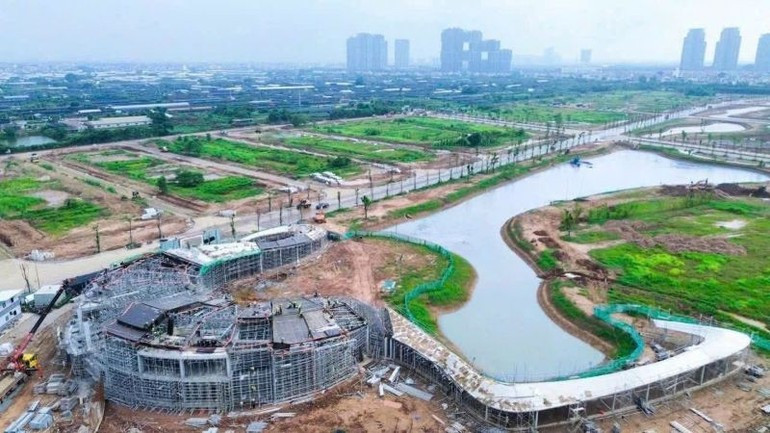
The retail sector is also making significant strides, most notably with AEON Mall expanding its footprint in the Mekong Delta through two new projects: AEON Mall Long An (opening in August 2025) and AEON Mall Can Tho (8.5 hectares, under construction).
Furthermore, tourism and aviation are benefiting from a sharp rise in international arrivals (9.2 million visitors in five months), along with major plans such as APEC 2027 in Phu Quoc. The expansion of airports and the establishment of Sun PhuQuoc Airways underscore the comprehensive vision of both private investors and the authorities.
